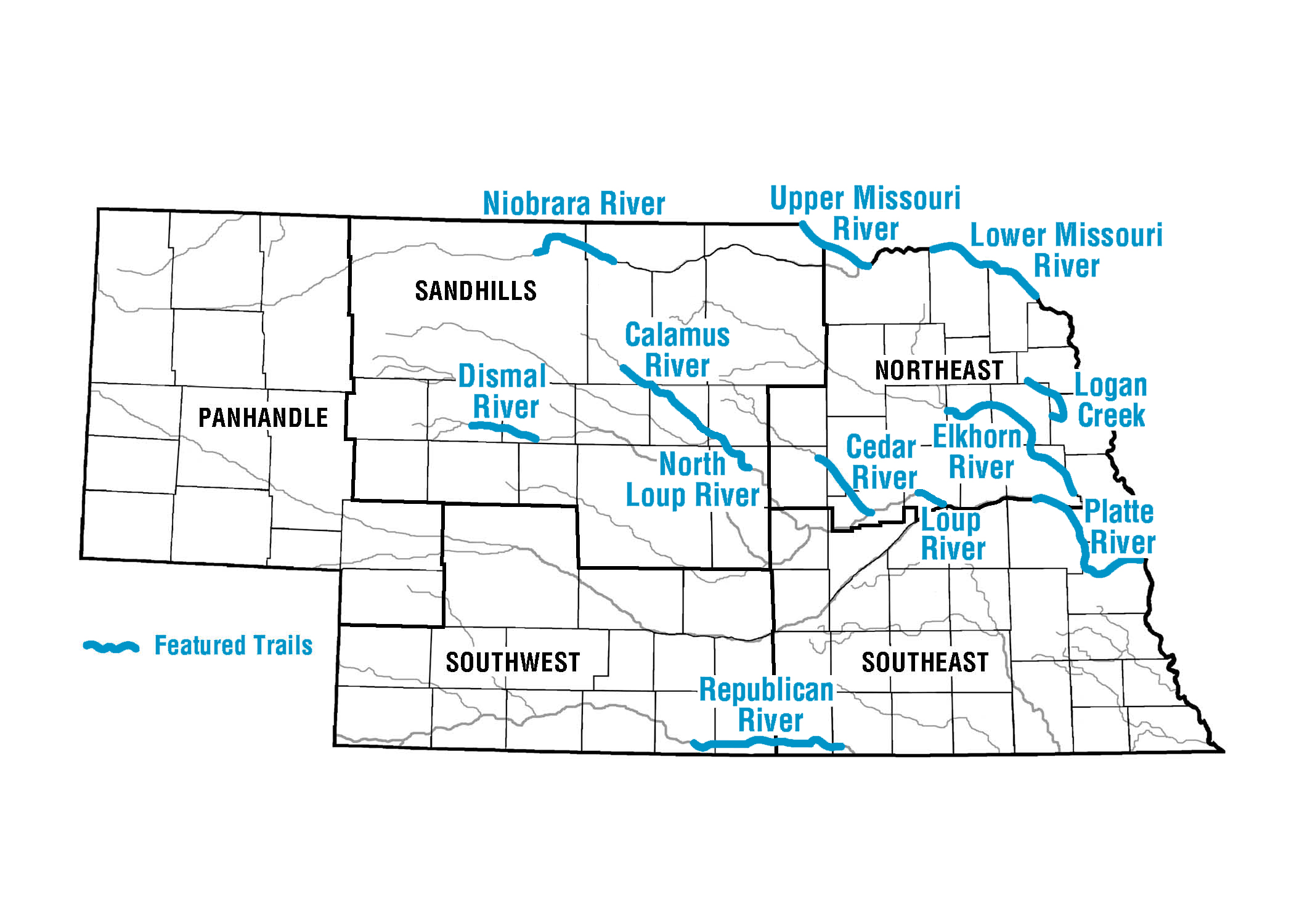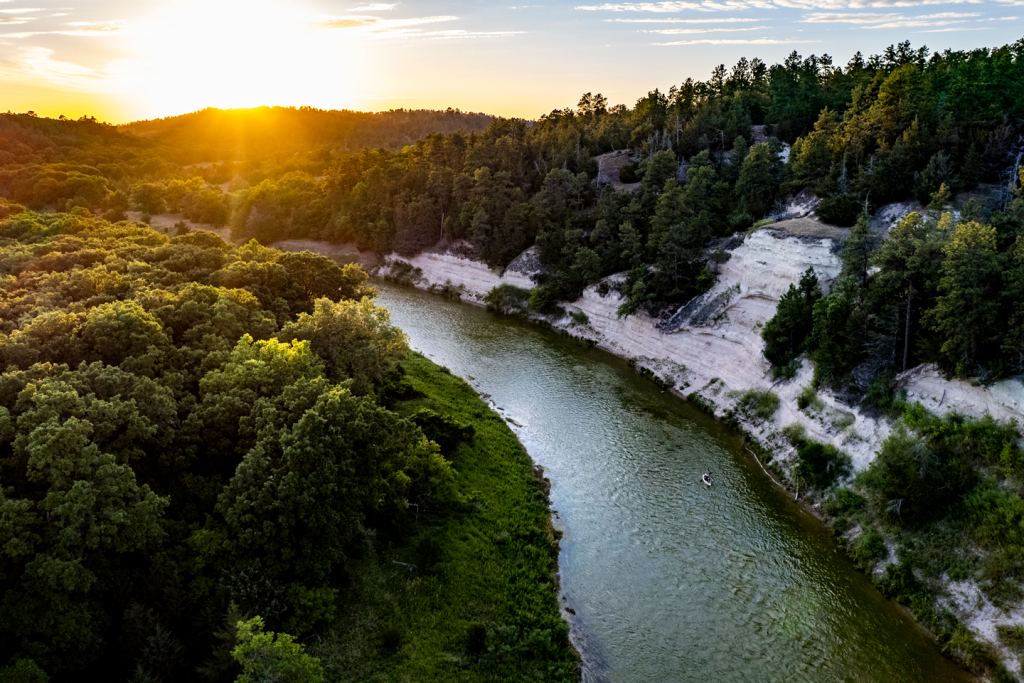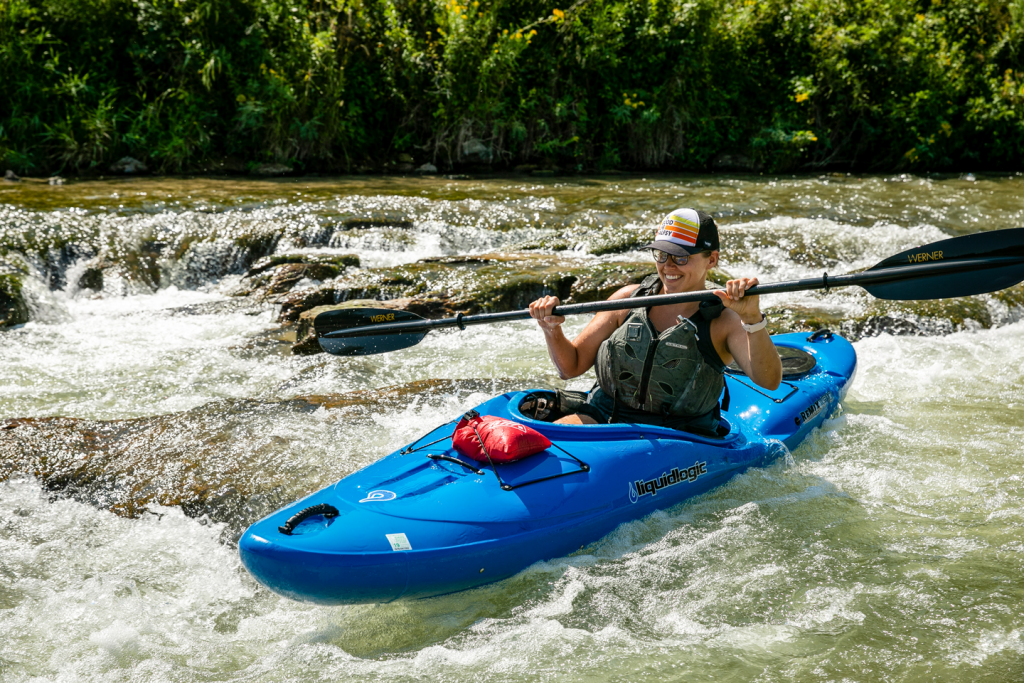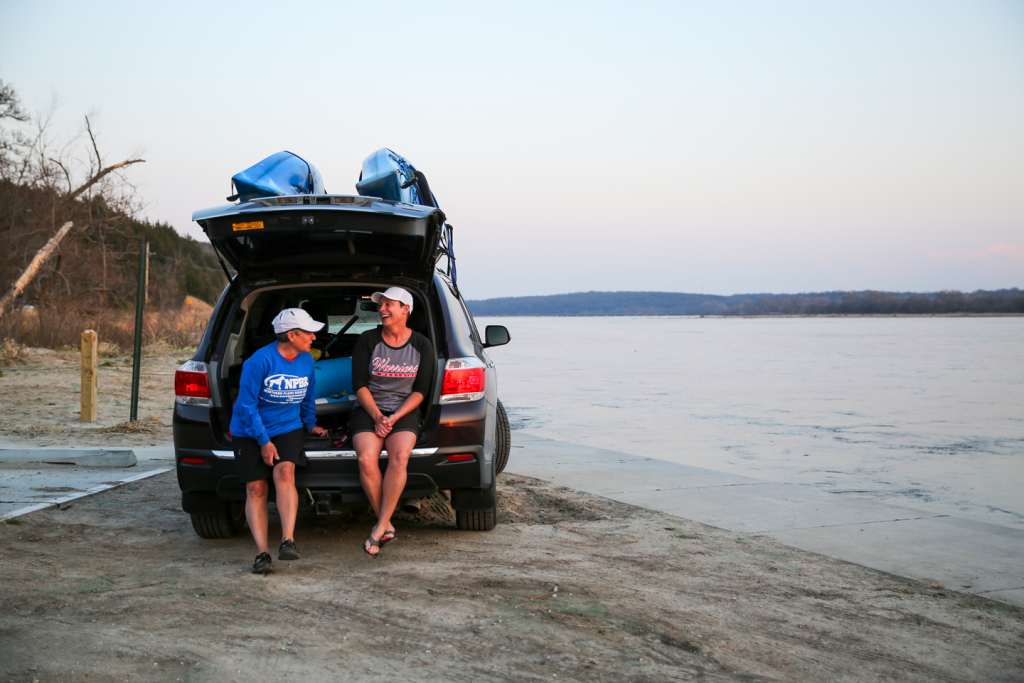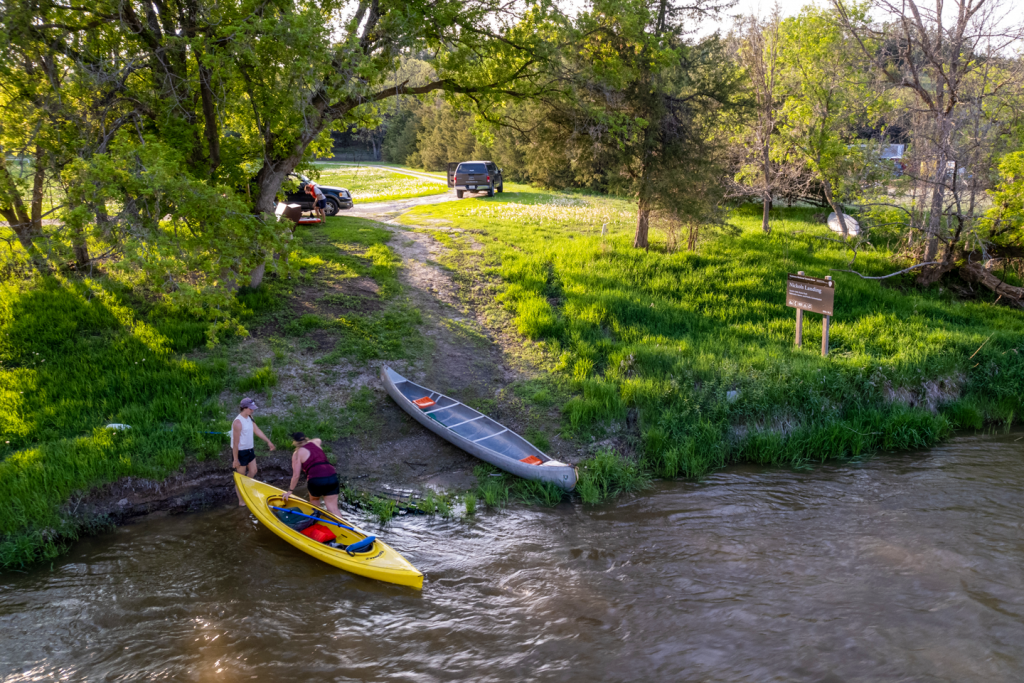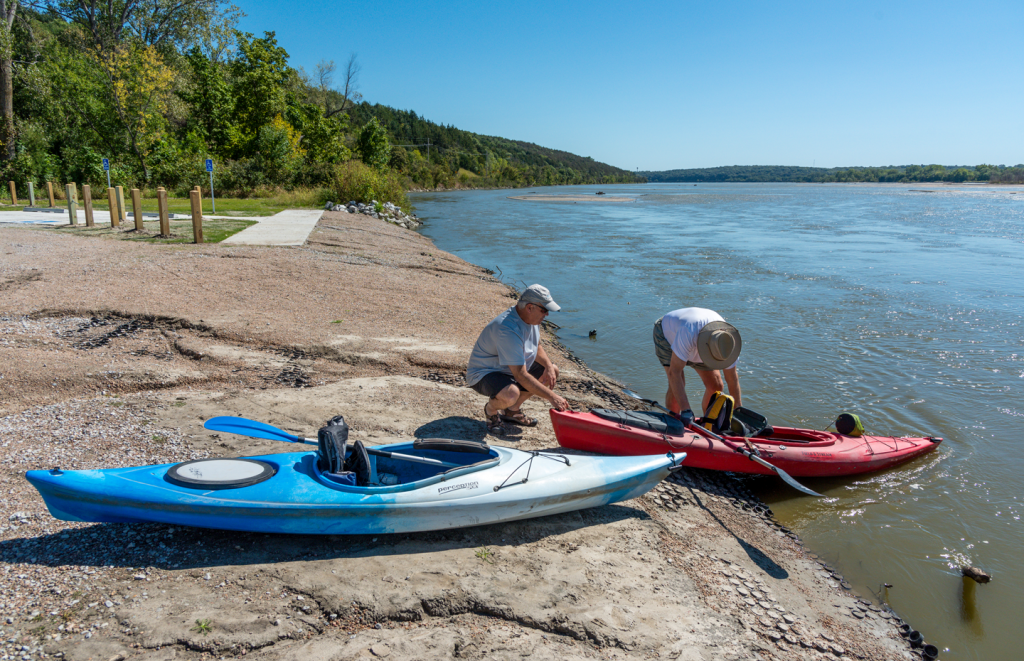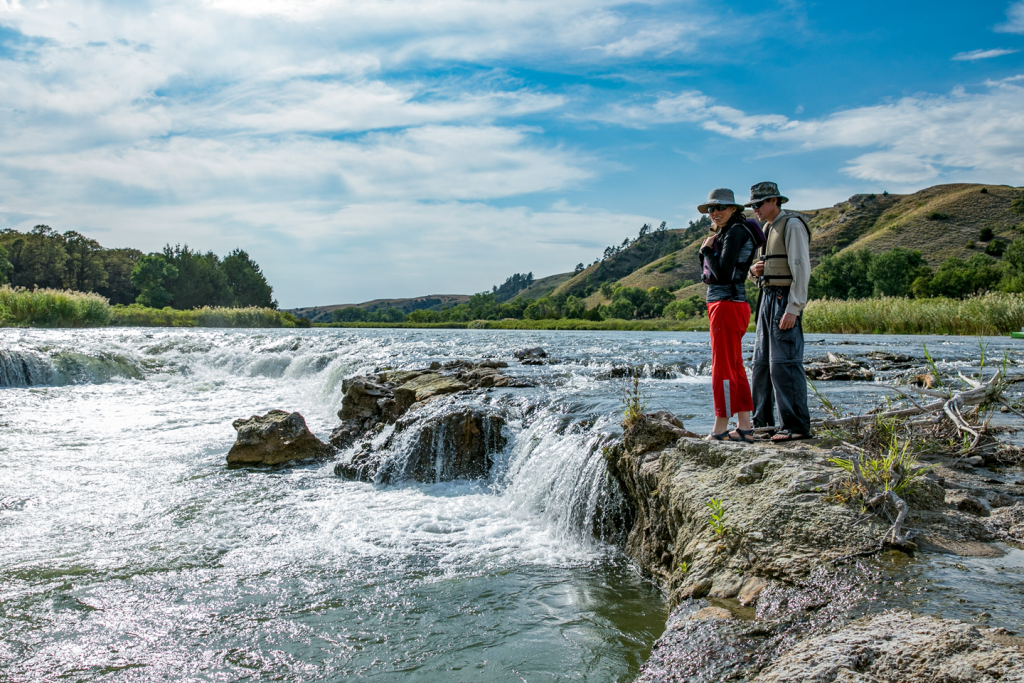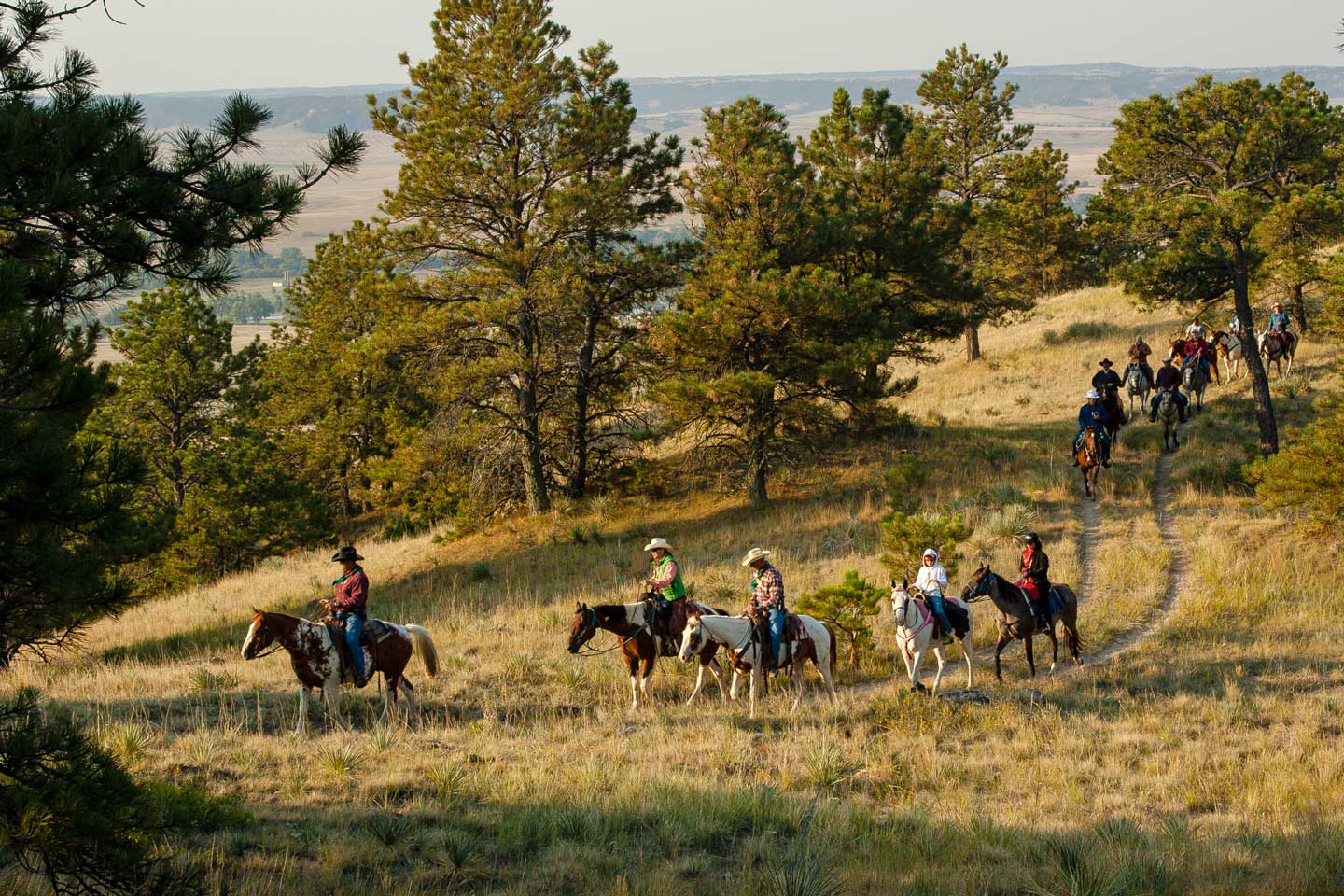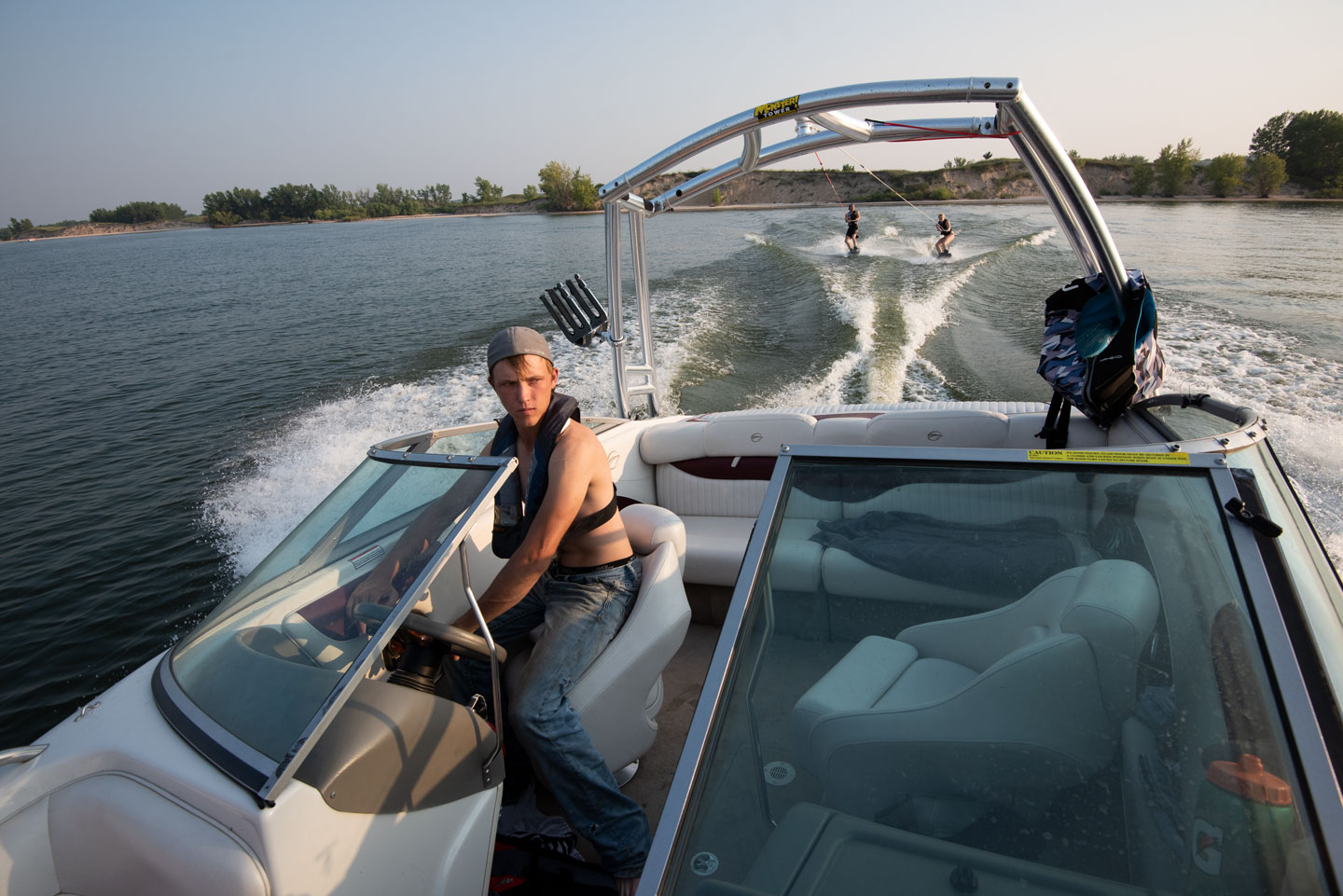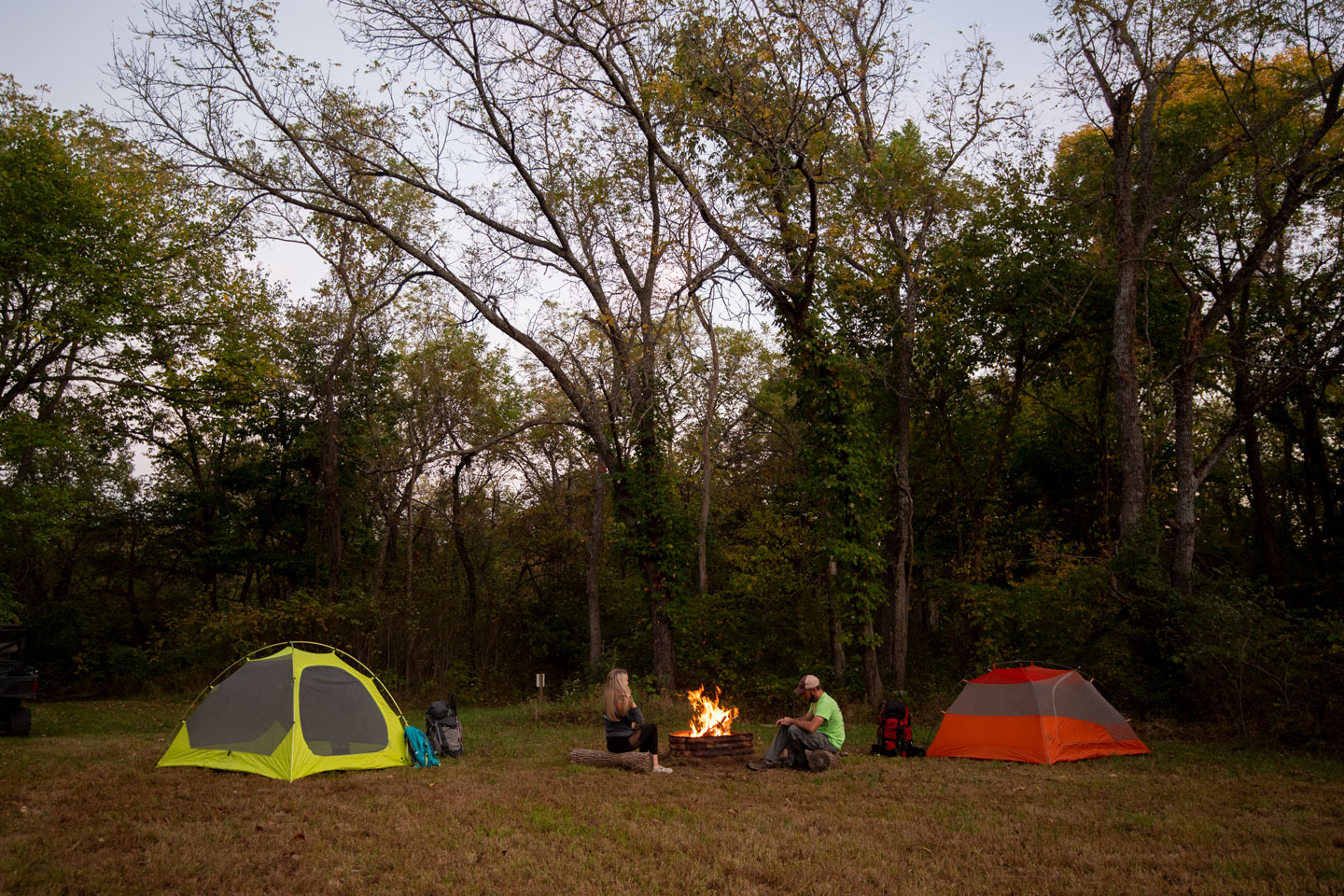Water trails
Plan your next water trails adventure with us!
With more than 79,000 river miles, Nebraska has some of the most scenic waterways in the nation. Nebraska offers 10 designated water trails covering approximately 518 miles — from the challenging curves of the Dismal River to the open expanse and braided channel of the Lower Platte River, Nebraska has a diverse and impressive array of navigable waters. There is no better way to experience those rivers, creeks, and lakes than drifting along in a kayak, canoe, tube or whatever you have that floats.
Plan your trip
Download individual trail maps and information on more than 10 water trails across Nebraska, find an outfitter near you or explore our interactive trails map to plan your next outing.
Find additional waterways, including our state park and recreation areas, as well as canoe and kayak launch points through our interactive water trails map.
Nebraska’s rivers flow gently, making them ideal for family outings. On the International Scale of River Difficulty, Nebraska’s rivers generally rate Class I (easy) with minimal riffles and waves, few obstacles and low risk to swimmers. An exception is the Niobrara River where there are several Class II, III and IV rapids that require portage.
During summertime, Nebraska’s rivers often experience lower water levels due to heat and crop irrigation. Be sure to check the USGS Streamflow site for high or low water levels before you head out. Trip plans should always account for personnel, outdoor conditions like wind speed and direction, and river flow to ensure you reach camp well before sunset.
While the Nebraska Game and Parks Commission does not regulate or endorse river outfitters, it does maintain a list of outfitters for the convenience of those interested in canoe, kayak and float trips.
New to canoeing or kayaking in Nebraska? Watch our video for tips so you can start enjoying Nebraska’s waterways.
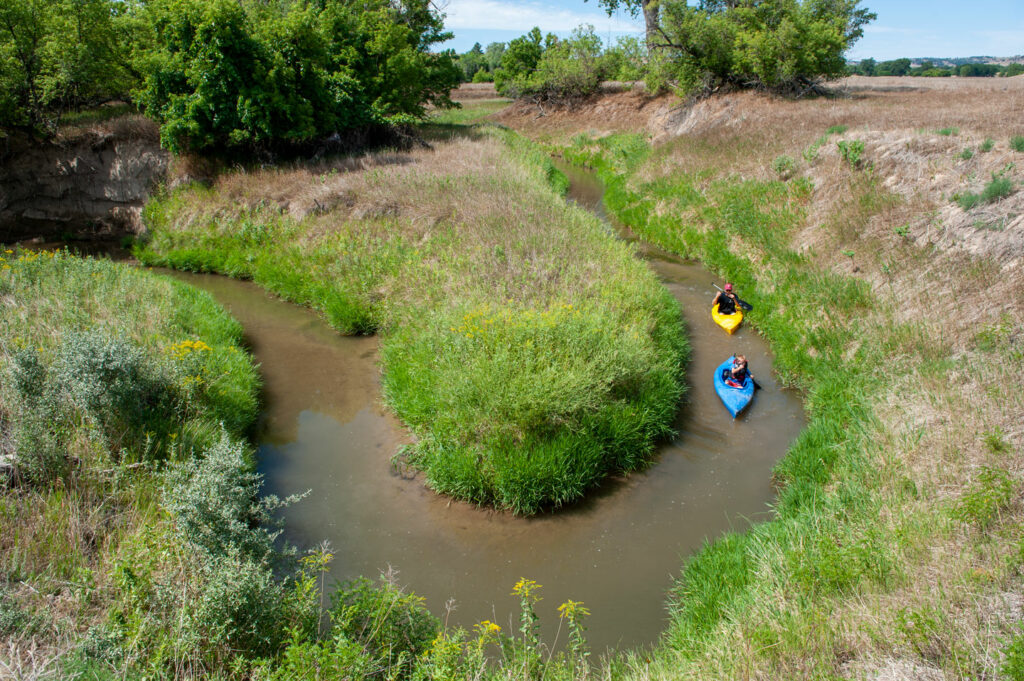
How was your trip?
Nebraska Game and Parks collects user trip reports to assist other paddlers with their planning. Help this effort by submitting your user trip report.
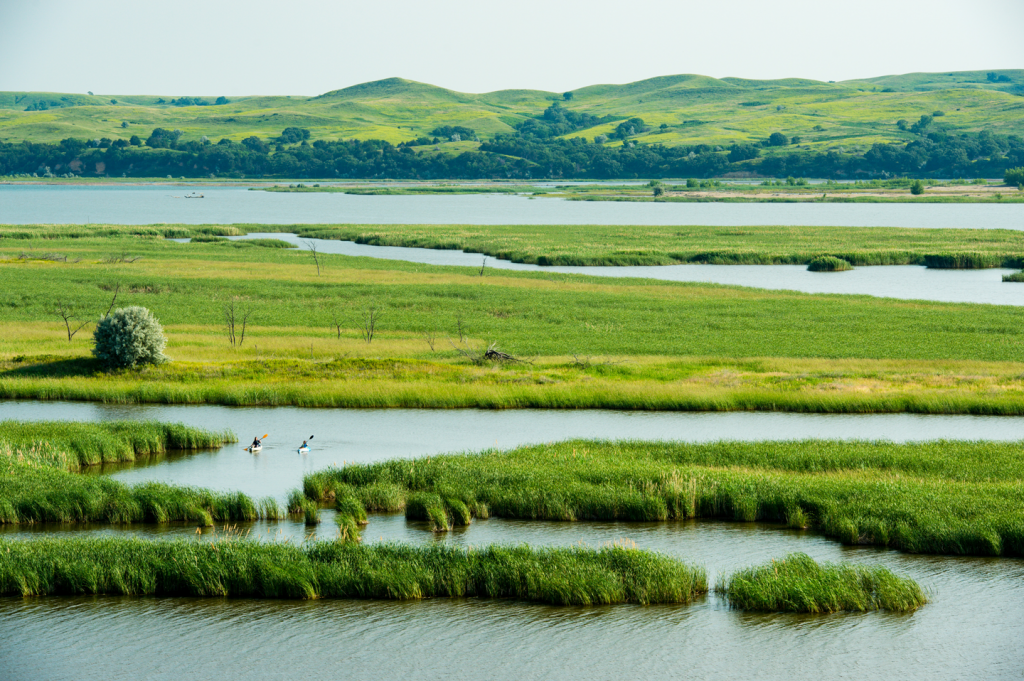
Practice responsible recreation
Remember only the water belongs to the State of Nebraska. The riverbeds and all adjacent lands are the property of the landowner through which the water flows. Appreciate the privilege of using the waterway. Be respectful and mindful of landowners and their property. Nebraska state statutes give users permission to portage around fences and other obstructions; however, you are responsible for any damage to the property. You must have landowner permission to picnic or camp.
Water reminders
Read our tips for how to stay safe, have fun and be respectful and responsible for Nebraska’s waterways.
What to wear
- Life Jacket: Always wear a U.S. Coast Guard approved personal flotation device. PFDs are the most important piece of safety equipment on your float.
- Proper clothing: Be prepared to get wet. Layer clothing that can be added or removed during the float, including a long sleeve shirt and pants. Cotton will keep you cooler in summer, while wool will keep you warm and insulated even when wet. Weather is unpredictable, so bring clothing for cold, wet, windy, hot, sunny and humid conditions. Don’t forget rain gear. Pack extra clothing in a waterproof container.
- Shoes: Tight fitting “water shoes” or old gym shoes with tops and sides work well. Pack an extra pair of shoes for the end of the day.
- Sunscreen: Protect yourself from the sun. Bring a wide brim hat and sunglasses and use sunscreen. A long sleeve shirt and pants provide good sun protection, as well. The sun’s reflection off the water can be intense.
What to pack
- Water: Stay hydrated. Take more water than you think you will need. It is extremely important to avoid dehydration.
- Insect repellent: Mosquitoes and other bugs Use insect repellent.
- First aid kit: In case of mild injury, pack a first aid kit.
- Tether ropes: Have tether ropes on your canoe in case towing becomes necessary.
What to know
- In an emergency: Dial 911 to reach emergency personnel in the area.
- Capsizing: If you capsize, always avoid the downstream side of the canoe. The current may push the canoe over you or pin you against an obstruction.
- Getting in your vessel: When entering and exiting a canoe, keep your center of gravity low and avoid standing.
- Encountering fences: When you encounter a fence, STOP and plan your passage. Barbed wire fences can sometimes be negotiated by holding the fence up while going under it. Electric fences create an entirely new set of challenges. Always assume that electric fences are “hot.” If you cannot safely go under the fence, get out and portage.
- Low-head dams: Steer clear of low-head dams.
- Plant ID: Know what poison ivy, poison oak and poison sumac look like and stay away.
- Wildlife: Do not attempt to handle wild animals.
Respect the resource
- Trash: Pack it in; pack it out! Take only pictures; leave only footprints.
- Camp only in designated areas: Respect private property. Obtain permission from private landowners before camping or entering the water from private land.
- Only build fires in fire rings: Drown flames and coals after use. If no fire ring exists, use camp stoves. (Don’t forget waterproof matches.)
Respect fellow water users
- Be aware and alert in congested areas: Show caution with fast-moving watercraft and their wakes.
- Right of way: While rules give right of way to the boat on the right when two craft are on an intersecting course, it is generally safer for slower nonmotorized watercraft to concede right of way to bigger and faster craft. Keep clear of barges and large boats.
- Launching or landing: Be courteous to fellow boaters when launching or landing. Boat ramps can become congested. Have your equipment organized before you pull up to the ramp so you don’t block the lane with vehicles, boats or gear.
- Anglers: Steer a good distance around the lines of people fishing from the shore or other boats.
The information on this page is for trip planning purposes only. Water trail maps and guides contain information about areas not controlled by the Nebraska Game and Parks Commission. The NGPC does not own or manage any segment of river for recreational use and cannot guarantee the conditions of non-NGPC access sites or the marked water trails.
Water Trails Guide
Interested in developing a designated water trail in Nebraska? The Nebraska Water Trails Guide can help you navigate the process of envisioning, funding, designing, operating and maintaining a water trail.
Contact us
For more information regarding water trails in Nebraska, contact Alex Duryea, our Recreational Trails lead.

